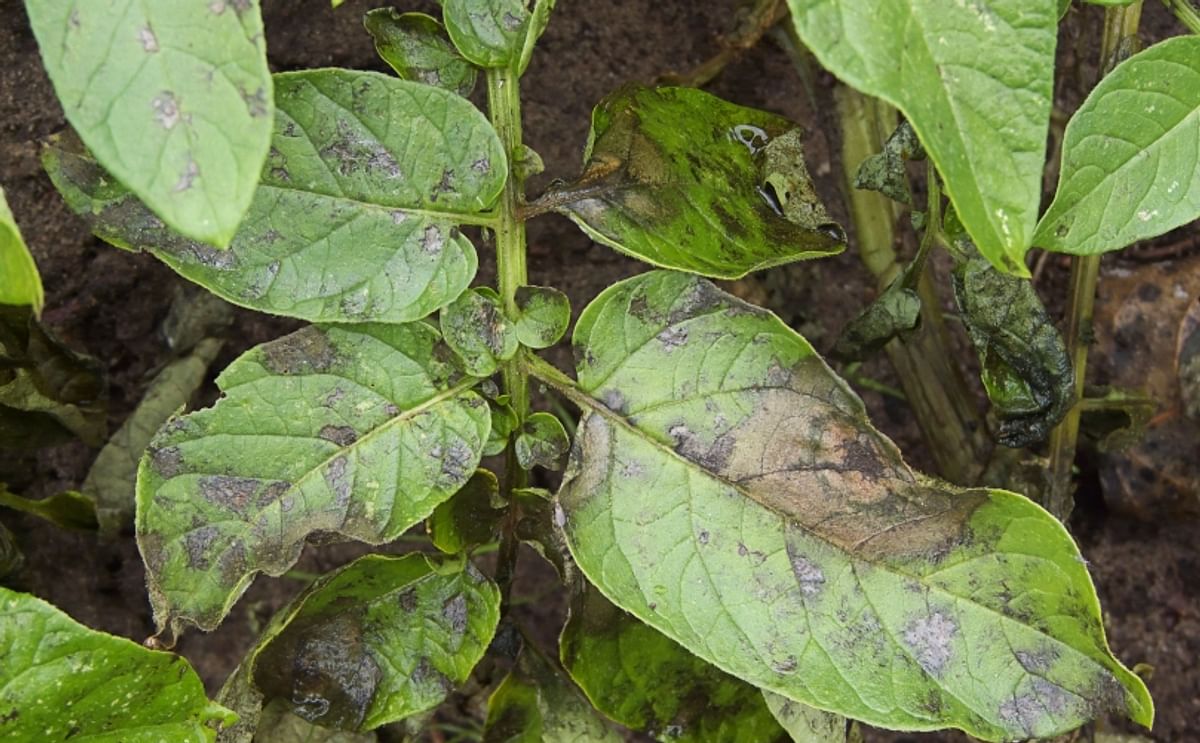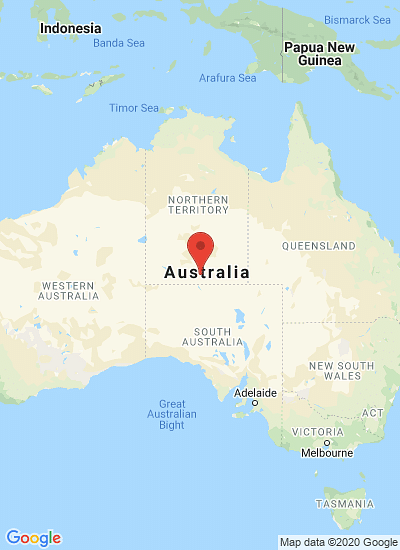Leaves of a potato plant affected by Phytophthoa infestans (late blight)
Australian Potato Farmers reminded to watch out for late blight - but no aggressive strains have been detected

Australian potato growers are being reminded to prepare for late blight, a potato disease that strikes when conditions are humid, stagnant and warm.
Typically, late blight will develop when there are periods of moist air combined with stagnant or slow moving depressions that give rise to lengthy periods of still, humid, overcast weather.
Several days of humid weather with warm days and cool nights can result in moisture on the leaf that allows infection and disease to occur.
Dr David Cooke, an expert on late blight at the James Hutton Institute in Scotland, tested nearly 100 Australian samples provided by Dr Dorf de Boer of the Victorian Government Sector for AgribioSciences and found no new aggressive strains had spread globally in the past 30 years.
Dr Dorf de Boer of the Victorian Government Sector for AgribioSciences:
Dr Dorf de Boer:
Typically, late blight will develop when there are periods of moist air combined with stagnant or slow moving depressions that give rise to lengthy periods of still, humid, overcast weather.
Several days of humid weather with warm days and cool nights can result in moisture on the leaf that allows infection and disease to occur.
Dr David Cooke, an expert on late blight at the James Hutton Institute in Scotland, tested nearly 100 Australian samples provided by Dr Dorf de Boer of the Victorian Government Sector for AgribioSciences and found no new aggressive strains had spread globally in the past 30 years.
Dr Dorf de Boer of the Victorian Government Sector for AgribioSciences:
“These tests confirm that we have only one strain in this country [Australia].”Late blight can take a hold in a few days.
“In all likelihood, the strain found in Australia has changed very little since the first Australian record of this disease in 1909.”
Dr Dorf de Boer:
“It’s very spectacular because you can see it happening in a matter of days.”
“The classic symptoms are a blotch or blight on the leaves and these symptoms can develop overnight.”
Like to receive news like this by email? Join and Subscribe!
Get the latest potato industry news straight to your WhatsApp. Join the PotatoPro WhatsApp Community!
Highlighted Company
Sponsored Content
Sponsored Content
Sponsored Content
Sponsored Content









